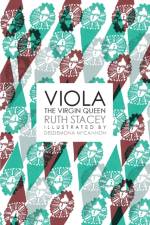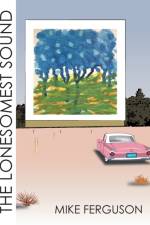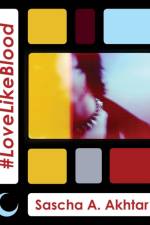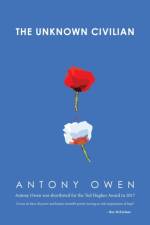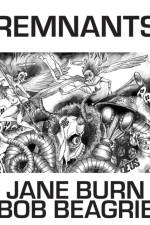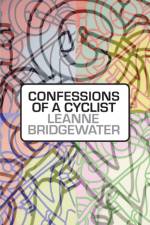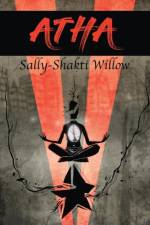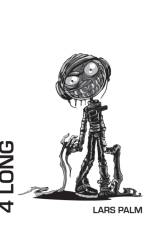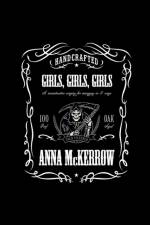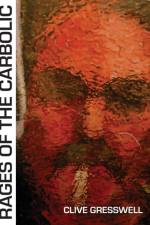- A reconstructive surgery for misogyny in 8 songs
av Anna McKerrow
179,-
Mötley Crüe's fourth studio album, Girls, Girls, Girls, was released on my tenth birthday in 1987. It reached number 2 in the US Billboard 200 Chart that year and sold over 4 million copies in the US, and 60,000 in the UK. In it, the band, notorious by that time for their drink-and-drug-fuelled rock n'roll lifestyle, included songs about their drug and stripper-loving lifestyle.This work seeks to restructure the Girls, Girls, Girls album, not to reveal its inherent misogyny - that should be apparent by listening to the lyrics - but to make something of them.As a girl child who would grow up to be a Girl in the Mötley Crüe sense of the word, I received their messaging about what a girl was - a passive sexual object to be desired and abused - along with a raft of variously textured misogyny in TV advertising, film, other music, magazines, print media and the attitudes and assumptions of the adults around me. I took in the Girls, Girls, Girls album as a model of what being a Girl was, in my little town in the west country, far away from the Sunset Strip.I was wrong to do so, of course, but what did I know? I loved metal bands, and thought they were lewd and wild and marvellous. But despite its title, Girls, Girls, Girls was never meant for me: the songs on it, and on most albums in the genre produced and made by men, were made for a male, heterosexual audience. Perhaps no-one - the producers, the marketers, the band themselves - ever thought about their teenage girl fans, unless it was to decide which ones in the crowd they wanted to sleep with at a concert. It was, therefore, a very good thing that the Riot Grrrl movement came along in the 90s, to liberate us girls from male, white, corporate oppression (Sonic Youth, Kool Thing, 1990).Mötley Crüe were by no means alone in perpetuating misogynist attitudes towards women in the 80s and 90s, and on an individual level, it could be said that they were mostly concerned with getting high and having as much sex as humanly possible - and were not actively pursuing personal misogynist agendas (though, some responsibility does of course have to rest on their shoulders).More, they were a hugely successful band making ideological content encouraged by the patriarchal structures that contracted them to do so - the commercial music industry, which, like all capitalist, commercial cultural production industries, aims to uphold and regulate the social norms in which it operates, thereby ensuring continued investment in its business.Girls, Girls, Girls absolutely typifies the apotheosis of misogyny in a variety of ways. First, it looks at women as objects rather than converses with them in a meaningful way. Second, it considers women only as lovers for heterosexual men. Third, it depicts unrealistic, patriarchally-approved female bodies. Fourth, it alludes to sex with underage girls, which is rape. Fifth, in songs like You're All I Need, desire for women is tied up closely with violence towards them, something I explore against the current narrative of the 'incel' movement.To make the poems in this collection I have used a few different approaches, namely cutup with other sources to provide commentary and comment on the original song lyrics, breaking down the songs to component words and rewriting them, and finding recurrent themes, such as that of geographical locations, and using those words as repeating sets to re-render the original meaning. I have also reflected on lyrics as containing overused clichés, and looked at other clichéd and genred language.



